- Home
- Places to Stay
- Cities
- Northern Ireland
- Ireland
- Places to See
- Northern Ireland
- Northern Ireland by Region
- Ireland
- Ireland by Region
- Places to Eat & Drink
- Cities
- Northern Ireland
- Ireland
- Editor’s Picks
- Blog & News
- Feature YOUR Business Here
Home » » Historical Sites Northern Ireland (Page 4)
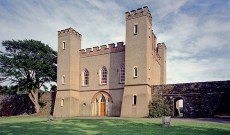
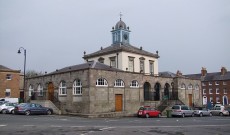
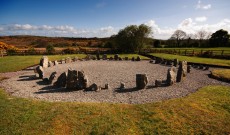
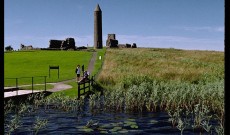
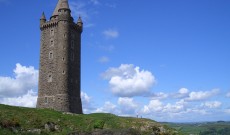
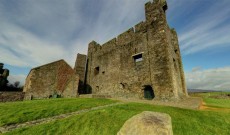
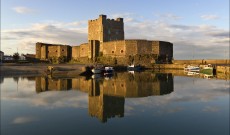
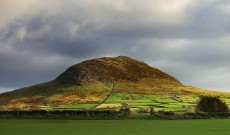
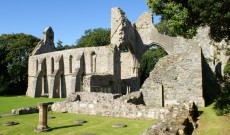
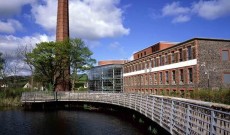
Hillsborough Fort

An artillery fort built in 1650 by Colonel Arthur Hill – the Hill family built the village of Hillsborough starting with the fort. Remodelled in the 18th Century for feasts and entertainment.
Hillsborough Courthouse

The Courthouse, which is based in the Square in Hillsborough, is one of the finest examples of Georgian architecture in Ireland. The central arcade block was built by Wills Hill in 1760 and in 1810 the North wing was added and housed a courthouse. Visitors can view the interior of the courtroom where the fittings date from 1823.
Drumskinny Stone Circle

This stone circle is part of a complex of five in this immediate locality, dating back 2000 years
Devenish Island Monastic Site

Probably best known for it’s perfect 12th-century round tower, one of the finest in Ireland, and ruined Augustinian abbey complete with intricately carved 15th-century high cross in graveyard.
Scrabo Tower

Scrabo Tower is easily one of the areas most recognisable landmarks, situated at the head of Strangford Lough overlooking the old Market Town of Newtownards. On a clear day the views from this monument are astounding.
Greencastle Royal Castle

Built in the 17th Century by Hugh de Lacy to defend the southern approaches to Ulster, this royal castle stands on a rocky height beside Carlingford Lough. From here it has commanded the ferry link with Carlingford and defended sea and land communications.
Carrickfergus Castle

There’s one sight you simply won’t be able to miss. Standing on a rocky spur on the northern shore of Belfast Lough, Carrickfergus Castle dominates all approaches to the town.
Slemish Mountain

This majestic mountain dominates the landscape in the Borough of Ballymena. The mountain is actually the central core of an extinct volcano and rises about 1500 feet (437 metres) above the surrounding plain.
Grey Abbey

These splendid ruins of a Cistercian Abbey church and conventual buildings are the finest example of Anglo-Norman ecclesiastical architecture in Northern Ireland.
Museum at The Mill

Housed within what was originally the wet spinning floor, the museum tells the story of Mossley Mill and the people who worked there from the 1800s through to the mill closure in 1995. The history is presented through a range of interpretative displays including artefacts, images and archival film.
Editors Picks

Antrim Town
Antrim is the county town of County Antrim in Northern Ireland. Antrim is a small town not frequently visited by tourists, yet it is one of the more historic towns in Northern Ireland with many interesting sights and buildings of historic note.














 Helped by Giant
Helped by Giant